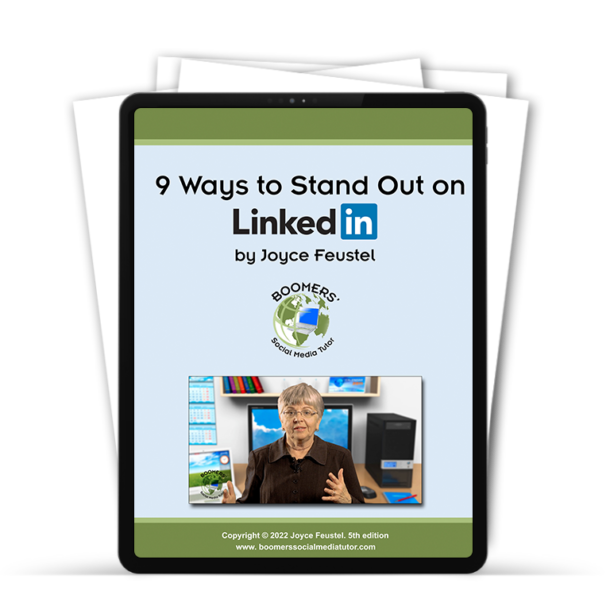Many of my clients, especially older adults, want to learn more about privacy and other social media settings.
All of us should periodically review our settings for each of our social media sites. Taking this action will not only help to address privacy concerns, it will improve your overall experience with these sites.
- Find your settings by clicking on the arrow to the right of the bell icon in your menu bar.
- Click on “Settings and Privacy” and then click on “Settings.”
- In the general account settings, verify that the email associated with your Facebook account is correct.
- Also, in these settings you will see the memorialization setting. Here you can name a legacy contact to manage your Facebook account after you pass away. Or you can tell Facebook that you want your account deleted when you pass away.
- In the login and security settings you can change your password. You can set up two-factor authentication to help keep others from logging into your account. There are additional security settings as well.
- If you want to deactivate or delete your account, do that through the setting called “Your Facebook Information.”
- Use the privacy settings to determine who can see your posts and the posts others share on your personal page.
- Timeline and tagging settings determine who can post on your personal page and who sees those posts. You can also review in advance any posts in which you are tagged by others. Then you decide if you want those posts to appear on your page.
- Find your settings by clicking on the arrow to the right of the word “Me” in your menu bar. Click on “Settings and Privacy.”
- The sign in and security settings show which emails you have associated with your LinkedIn account. If you have more than one email address connected to your account, check to see which one is primary. Most LinkedIn users want their business email account to be the primary one.
- The sign in and security settings are also where you will see the option to use what LinkedIn calls two-step verification. This option is similar to Facebook’s two-factor authentication. It helps to keep others from logging into your account.
- Finally, you can change your account’s password in the sign in and security settings.
- To close your account or to merge two LinkedIn accounts, go to the account preferences settings.
- The data privacy settings give you the option of keeping LinkedIn from sharing your data with its trusted third-party partners.
- Most people who post on LinkedIn are fine with anyone seeing their posts. You do have the option to select the audience for your posts if you want to limit the audience. You do this by clicking on the arrow next to “Anyone” where you create your post on the home page.
In addition to the types of settings just described, you should also review the notification settings for both Facebook and LinkedIn. By doing this, you control what types of notifications you get and how you get them.
How About You?
Do you review your settings on the social media sites that you use? If so, what kinds of settings are the most important ones to you?
About Joyce
Joyce Feustel helps people, especially those age 45 and up, to become more effective using social media, especially Facebook, LinkedIn, Instagram, and Twitter. She works with business owners, nonprofit organizations, job seekers, consultants, and many others. Find her at www.boomerssocialmediatutor.com.





Leave A Comment